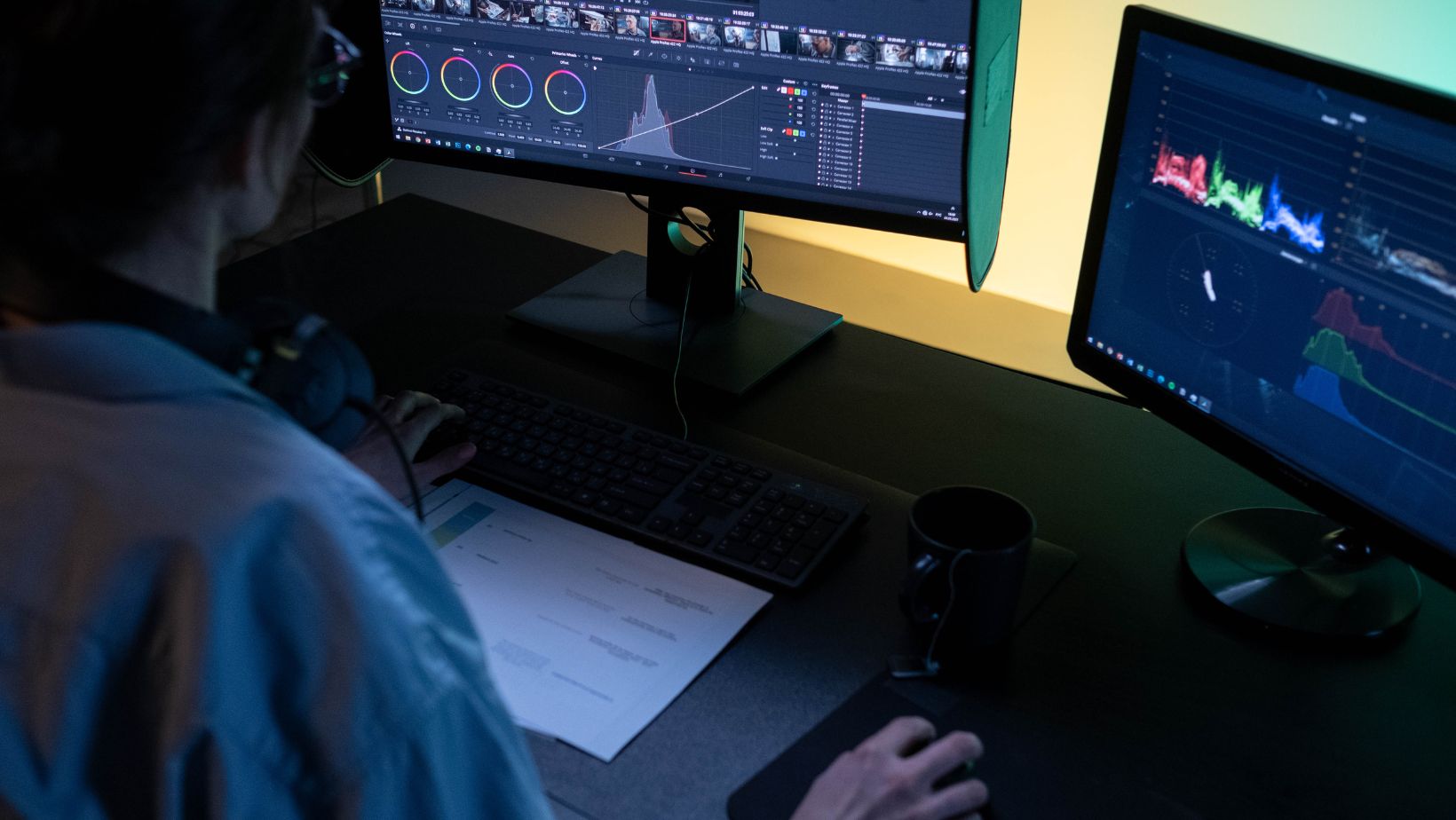Table of Contents
ToggleHow to Change Color of Image Trace in Illustrator
Changing the color of an image trace in Adobe Illustrator is a useful skill that can help you customize your artwork to suit your needs. Whether you want to match the colors of your design or give it a completely new look, adjusting the color of an image trace can be done with just a few simple steps.
To change the color of an image trace in Illustrator, start by selecting the traced object. Then, navigate to the “Edit” menu and choose “Edit Colors”. From there, you have several options for modifying the colors. You can adjust individual colors using sliders or enter specific values for hue, saturation, and brightness. Additionally, you can explore different color schemes like complementary or analogous to create unique effects.
Another way to change the color of an image trace is by applying a color overlay. This method allows you to easily replace all existing colors with a single chosen color. To do this, select the traced object and open the Appearance panel. Click on “Add New Fill” and choose your desired color from the swatches or use custom settings. This technique is particularly useful when you want to quickly experiment with different shades or create a cohesive color scheme throughout your design.
With these techniques at your disposal, changing the color of an image trace in Adobe Illustrator becomes a straightforward process that opens up endless possibilities for customization. Whether you’re looking to match brand guidelines or simply add some visual flair to your artwork, experimenting with different colors will bring new life and vibrancy to your designs.

Understanding Image Trace in Illustrator
Image Trace is a powerful feature in Adobe Illustrator that allows you to convert raster images into editable vector artwork. It’s an extremely useful tool for designers and illustrators, as it provides a quick and efficient way to transform photographs, logos, and other types of images into scalable vector graphics. In this section, I’ll give you a brief overview of how Image Trace works and why it’s such a valuable asset in the world of digital design.
When you open an image in Illustrator and apply the Image Trace feature, the software analyzes the colors and shapes present in the image. It then creates paths and fills based on those elements, effectively turning your image into editable vectors. This gives you the flexibility to manipulate each individual element of your artwork without losing any quality or resolution.
One of the key benefits of using Image Trace is its ability to control color. By adjusting various settings within the Image Trace panel, you can change the color mode from full color to grayscale or even black and white. This can be particularly helpful when working with complex images that contain multiple colors or gradients.
To change the color of an image trace in Illustrator, simply select your traced artwork and go to the “Edit” menu. From there, choose “Edit Colors” followed by “Recolor Artwork”. A dialog box will appear where you can experiment with different color schemes by dragging sliders or selecting pre-defined swatches.
It’s important to note that while changing colors in Illustrator is relatively straightforward using this method, it may not always produce perfect results. Depending on the complexity of your original image or specific requirements for your project, additional adjustments may be necessary to achieve desired outcomes.
In conclusion, understanding how to change the color of an image trace in Illustrator opens up endless possibilities for creative expression and customization. Whether you’re creating logos, illustrations, or intricate designs, having control over color allows you to bring your vision to life with precision and finesse. So, dive into the world of Image Trace and unlock a whole new level of design possibilities!






